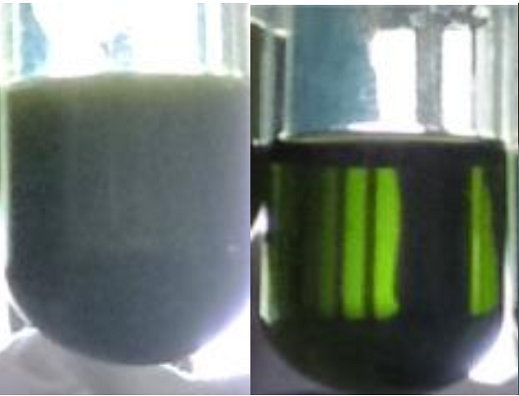Phytochemical Screening and TLC Profiling of Combination Extracts of Avocado (Persea americana Mill.) and Papaya (Carica papaya) Leaves from Timor Island
Abstract
Traditionally in the village of Alor, East Nusa Tenggara Province, a combination of avocado and papaya leaves is often used to treat malaria. To be able to be developed as an ingredient in traditional medicine, it is necessary to conduct preliminary research to determine the content of secondary metabolites contained in the combination of avocado and papaya leaves. This study aims to determine the secondary metabolites contained in avocado and papaya leaves through phytochemical screening and Thin Layer Chromatography (TLC) analysis. Extraction was carried out using methanol solvent by maceration, and the extract yield was 91.4%. Testing the content of secondary metabolites in avocado and papaya leaf extracts was carried out by phytochemical screening. Furthermore, the TLC test was carried out to confirm the presence of a positive group of compounds on phytochemical screening, and to determine the chromatographic profile of the extract. After being tested by phytochemical and TLC analysis, the extract contains several metabolites, including flavonoids, alkaloids, tannins, saponins, and steroids. The TLC system used in this study can separate the phytochemical content and give positive results that confirm the results of the phytochemical screening.
Downloads

Copyright (c) 2022 Marianus M. Kafelau, Aloisius Masan Kopon, Anselmus Boy Baunsele, Maria Benediktas Tukan, Maria Uron Leba, Faderina Komisia, Erly Grizca Boelan

This work is licensed under a Creative Commons Attribution-NonCommercial-NoDerivatives 4.0 International License.
Authors who publish with this journal agree to the following terms:
- Copyright on any article is retained by the author(s).
- The author grants the journal, the right of first publication with the work simultaneously licensed under a Creative Commons Attribution License that allows others to share the work with an acknowledgment of the work’s authorship and initial publication in this journal.
- Authors are able to enter into separate, additional contractual arrangements for the non-exclusive distribution of the journal’s published version of the work (e.g., post it to an institutional repository or publish it in a book), with an acknowledgment of its initial publication in this journal.
- Authors are permitted and encouraged to post their work online (e.g., in institutional repositories or on their website) prior to and during the submission process, as it can lead to productive exchanges, as well as earlier and greater citation of published work.
- The article and any associated published material is distributed under the Creative Commons Attribution-NonCommercial-NoDerivatives 4.0 International License.





_copy1.png)










